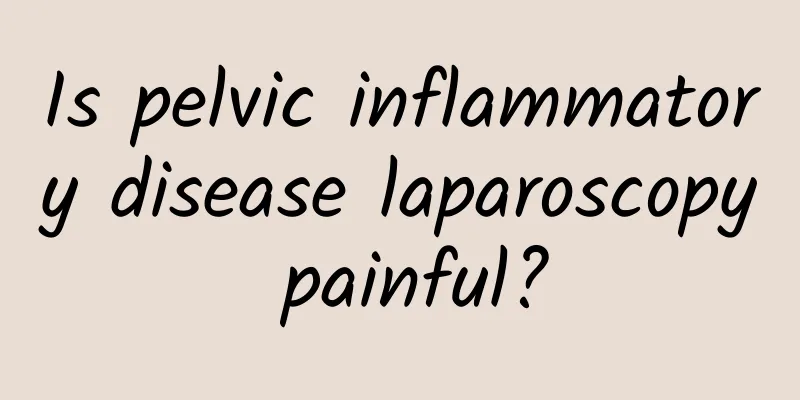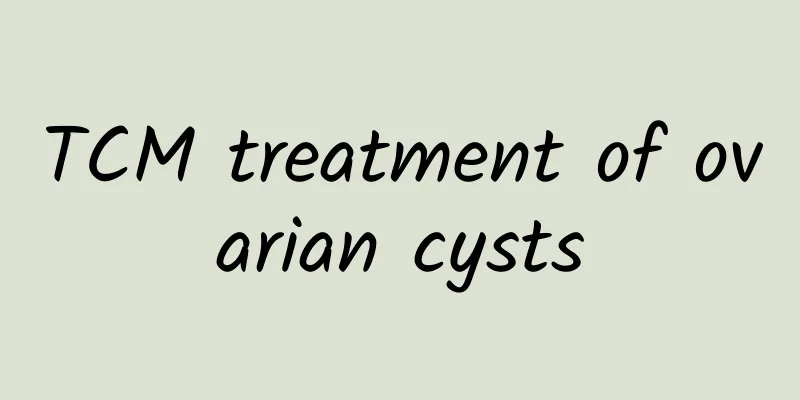Is pelvic inflammatory disease laparoscopy painful?

|
Laparoscopy for pelvic inflammatory disease usually causes mild to moderate discomfort, but in most cases it does not cause severe pain because the examination is usually done under general anesthesia. In order to reduce pain and postoperative discomfort, appropriate care and relief measures can be taken, such as taking medication as prescribed by the doctor, resting after surgery, and paying attention to personal hygiene. 1) Laparoscopic operation process and pain source Laparoscopy is a common minimally invasive procedure used to diagnose or treat pelvic inflammatory disease. This procedure is usually performed by the doctor making several small cuts in the abdomen and inserting instruments for observation and operation. Since the surgery is done under general anesthesia, the procedure itself is not painful. After the operation, the patient may experience abdominal distension and discomfort due to gas injection into the abdominal cavity, or mild incision pain due to tissue trauma. These pains are generally tolerable and greatly relieved within 1-2 days after the operation. 2) How to reduce pain and discomfort after surgery - Take medication as directed by your doctor: After surgery, your doctor may prescribe nonsteroidal anti-inflammatory analgesics (such as ibuprofen) and antibiotics to prevent infection and relieve pain. When taking medication, you must strictly follow the dosage recommended by your doctor and do not increase or decrease the dosage at will. - Reasonable posture and activities: Avoid strenuous activities after surgery. It is recommended to rest in bed to relieve pain. However, long-term bed rest may aggravate abdominal distension. You can try to get out of bed and move around 24 hours after surgery to promote the discharge of gas in the body and relieve abdominal distension. - Heat and relaxation: If you feel bloating or slight discomfort in your abdomen, you can use a hot water bottle to heat your abdomen to relieve pain by improving local blood circulation. At the same time, relaxing and taking deep breaths can help relieve tension and discomfort. 3) Postoperative diet and hygiene management The postoperative diet is recommended to be light, such as rice porridge, chicken soup and other easily digestible foods, and avoid greasy and overly irritating foods to prevent increasing the burden on the stomach and intestines. At the same time, pay attention to keeping the incision clean, change the dressing every day according to the doctor's instructions, and avoid infection and new pain. Laparoscopy is a minimally invasive procedure with high safety and diagnostic value. If you experience severe discomfort or persistent pain, you should contact your doctor for a follow-up visit in a timely manner and avoid waiting to ensure the effectiveness of the surgery and your recovery. |
<<: How do you know the cause of pelvic inflammatory disease?
>>: Can gastroptosis cause uterine prolapse?
Recommend
Do you know what causes irregular menstruation?
Do you know what causes irregular menstruation? W...
Can I do strenuous exercise if I have cervicitis?
Can you do strenuous exercise if you have cervici...
How to treat the four stages of endometriosis
The treatment of endometriosis needs to be person...
What kind of exercise can women do after abortion? Women can try these exercises after abortion.
Many pregnant women suffer miscarriage due to bod...
What kind of ring is suitable for patients with adenomyosis
What kind of ring is good for patients with adeno...
What are the dietary taboos for women with cervicitis? Four methods of checking for cervicitis in women
Cervical erosion is the most common type of chron...
What are the most common causes of pelvic inflammatory disease?
What are the most common causes of pelvic inflamm...
Early symptoms of cervical erosion should be understood
In recent years, the incidence of cervical erosio...
What are the symptoms of uterine fibroids?
Speaking of uterine fibroids, I believe this is n...
Crossing your legs may increase your risk of vaginitis
Do you sit in the office for a long time without ...
What causes women to suffer from vulvar leukoplakia?
Among gynecological diseases, vulvar leukoplakia ...
What are the treatments for uterine fibroids? Are uterine fibroids benign tumors?
Everyone knows that the disease should be treated...
What medicine is best for cervicitis?
There is generally no best anti-inflammatory drug...
Can patients with adenomyosis eat chicken?
Adenomyosis Do you eat chicken? 1. Chicken has hi...
Differentiation between primary amenorrhea and androgen insensitivity syndrome
Patients with androgen insensitivity syndrome hav...









